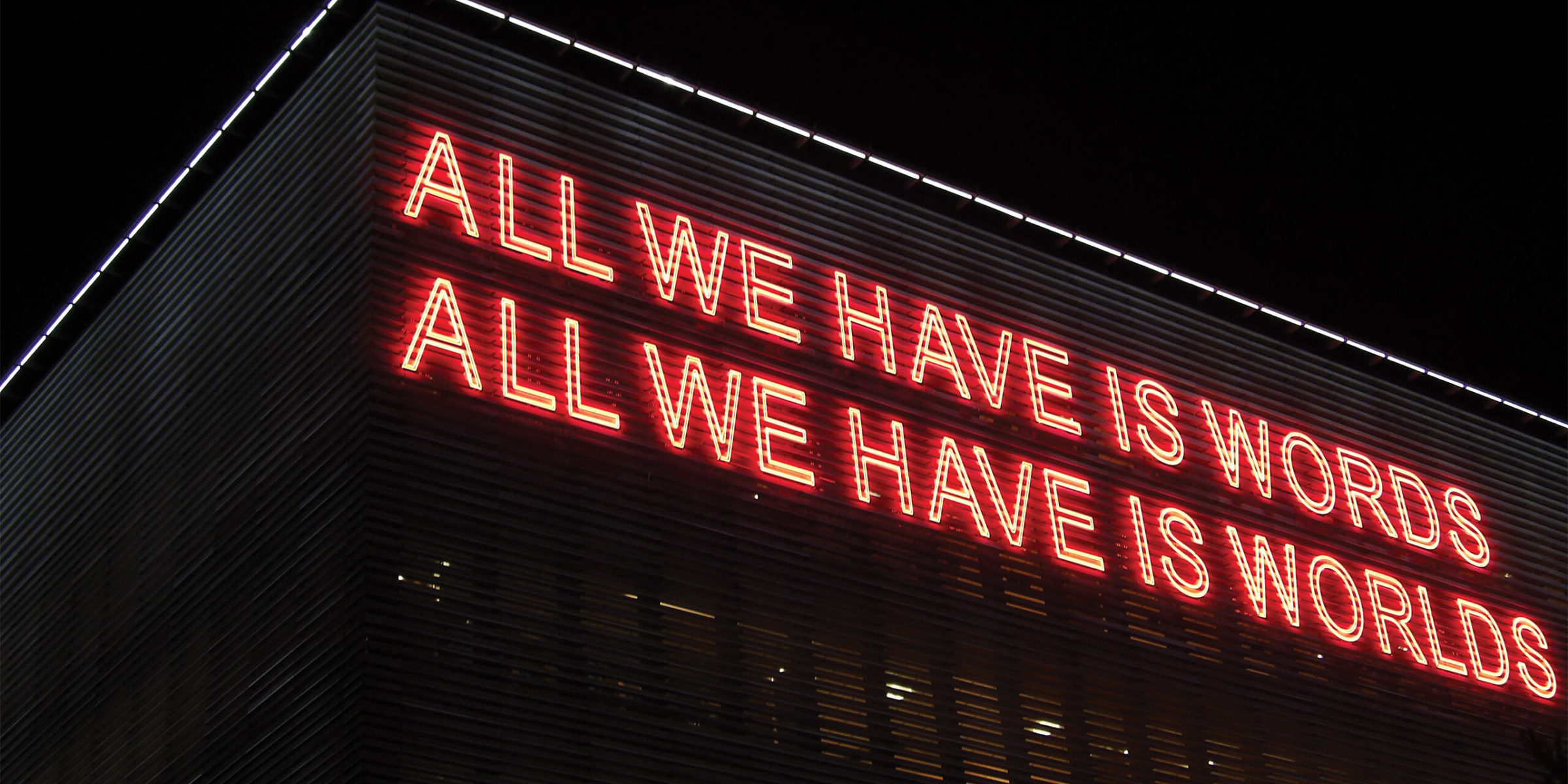
Could I have a word please…?
When it comes to effective marketing, whether in or beyond pharma, never underestimate the power of words.

There’s no denying the power of imagery to influence how we feel and behave, particularly emotional images. Humans are extremely good at remembering pictures; research conducted in 1970 showed that people were able to remember more than 90% of 2,500 pictures that they saw for ten seconds each, even when tested up to three days later. But does our affinity for images make them more powerful than words?
I would argue, from a writer’s bias, that words too have the ability to trigger actions, sway opinion and influence how we feel. Words can change the way we interpret images and in some cases be just as memorable in their own right.
Shifting the narrative on climate change
In 2019, The Guardian’s Editor-In-Chief, Katherine Viner, changed the language the newspaper uses when covering stories about the environment. Feeling that the conventional phrase ‘climate change’ “sounds rather passive and gentle when what scientists are talking about is a catastrophe for humanity”, she plumped for more robust and emotive terms such as ‘climate crisis’ and ‘climate emergency’ in the hope of using language to grab attention and prompt action.
A small study in the US by neuroanalytics company SPARK Neuro suggests that rebranding ‘climate change’ may indeed affect the way we feel. It looked at how 120 participants responded to six terms, including ‘climate crisis’ and ‘climate change’, and found that the former elicited an emotional response up to three times larger than the latter.
The impact of words on images
Words have the power to change the way we interpret an image. This is illustrated brilliantly by the ads below. The one on the left, reportedly created by a Belgium-based ad agency for Pepsi in 2013, takes a dig at its competitor Coke. But Coke perhaps had the last laugh with the clever retort on the right, apparently penned by a Coke fan. Changing the tagline completely alters the meaning of these identical images.
Tweaking famous taglines can also spark controversy, as shaving company Gillette discovered when in 2019 it updated its famous tagline “The best a man can get” to the more socially responsible “The best men can be”. The copy change formed the backbone of a campaign addressing negative behaviour among men in the wake of the #MeToo movement. While it received praise from some for examining what “The best a man can get” means for modern times, many raged against the new direction on social media. The change in words and how this framed the accompanying images evoked a hugely emotional and polarising response.
‘Does exactly what it says on the tin’
Sometimes the words used in an advertising campaign strike a chord for all the right reasons. Take Ronseal’s popular phrase “Does exactly what it says on the tin”. So successful was this 1994 tagline developed by London-based ad agency HHCL that not only did sales shoot up, establishing Ronseal as brand leader, but it has since transcended advertising slogans and become part of our everyday vernacular. As Ronseal said: “The phrase has come to represent a product or policy that is open, honest and delivers against its promise”.
Another tagline that overshadows any accompanying imagery is “Because you’re worth it” by L’Oréal Paris. Despite celebrating its 50th birthday this year, the company boasts that it still resonates today, “uniting women around the world, encouraging them to fearlessly embrace their ambitions and believe in their self-worth every day.” Not bad for a string of words!
While it’d be a stretch to suggest a word is worth a thousand pictures, our ability to manipulate words to evoke emotions, either in their own right or accompanying images, makes them, to my mind, every bit as important as the images we revere.






